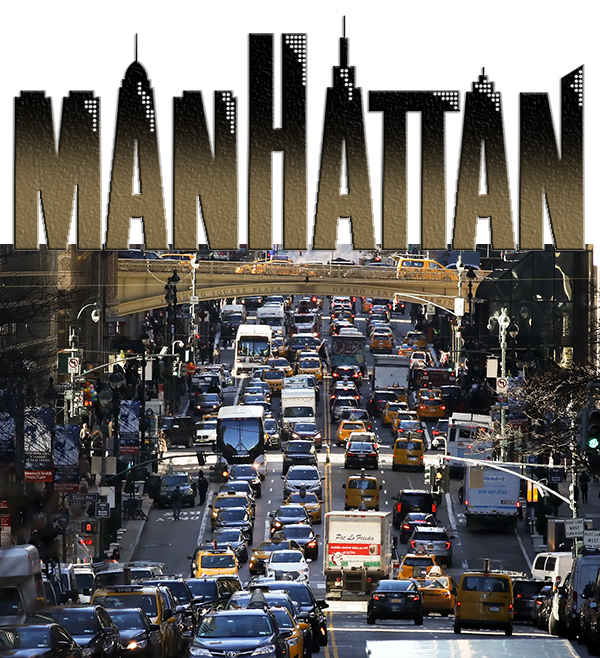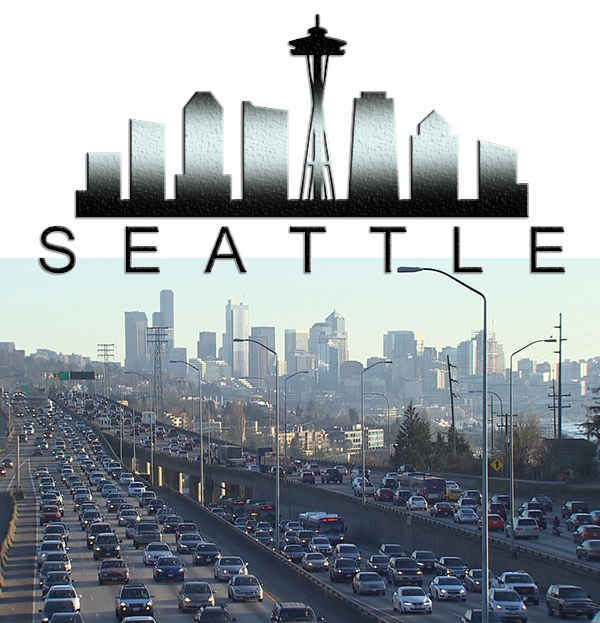Why do you need to continuously slow down and stop in a city environment?
Navigating City Streets: Why the Frequent Stops?
In the urban jungle, the rhythm of the city streets is often marked by the frequent slowing down and stopping of vehicles.

From the bustling avenues of New York City to the winding roads of San Francisco, drivers find themselves in a perpetual dance of deceleration and acceleration.
But why exactly is this the norm?
Let’s delve into the reasons behind the need to continuously slow down and stop in a city environment.
Traffic Congestion
One of the most glaring reasons for constant braking is traffic congestion. In densely populated areas, the sheer volume of vehicles on the road often leads to gridlock. As cars jockey for position and navigate through crowded streets, the need to slow down and stop becomes inevitable. Each vehicle must yield to the ebb and flow of traffic, contributing to the stop-and-go nature of city driving.
Traffic Signals and Signs
City streets are lined with traffic signals, stop signs, and pedestrian crossings, all of which dictate when drivers must come to a halt. These signals are essential for regulating the flow of traffic and ensuring the safety of both drivers and pedestrians. Whether it’s waiting for a green light to proceed or yielding to pedestrians at a crosswalk, obeying these traffic controls is paramount, leading to frequent stops along the way.
Pedestrian Activity
Cities are vibrant hubs of pedestrian activity, with people constantly crossing streets, walking along sidewalks, and navigating intersections. To accommodate the movement of pedestrians, drivers often find themselves slowing down or stopping altogether to allow people to cross safely. This interaction between vehicles and pedestrians adds another layer of complexity to city driving, necessitating heightened awareness and frequent stops.
Parking and Loading Zones
In addition to navigating through traffic, drivers in cities must contend with the challenge of finding parking spaces or loading zones. Whether it’s parallel parking along a busy street or pulling into a designated loading area, these maneuvers often require drivers to slow down or stop temporarily. The hunt for parking can be particularly frustrating in densely populated areas, leading to further delays and disruptions in traffic flow.
Road Construction and Maintenance
City streets are in a constant state of flux, undergoing construction projects and maintenance work to keep them functional and safe. From repaving roads to repairing infrastructure, these ongoing efforts can result in lane closures, detours, and temporary traffic controls. As drivers encounter construction zones, they must adapt to changing conditions, often necessitating sudden stops or slowdowns as they navigate through the work zone.
Interesting Facts


The average speed of traffic in Manhattan during peak hours is just 4.7 miles per hour, making it one of the slowest-moving urban areas in the United States.
According to the INRIX Global Traffic Scorecard, Los Angeles topped the list as the most congested city in the world in 2021, with drivers spending an average of 104 hours stuck in traffic each year.
The concept of traffic signals dates back to the 19th century, with the world’s first manually operated traffic light installed in London in 1868.
News Section


Seattle City Council Unveils Traffic Management Initiative.
Amid mounting concerns regarding traffic congestion and pedestrian safety in downtown areas, the Seattle City Council has introduced a comprehensive traffic management initiative. The initiative encompasses various measures, example: synchronizing traffic signals, introducing exclusive bus lanes, and enhancing crosswalks with pedestrian-activated signals. City officials anticipate that these measures will mitigate congestion, shorten travel durations, and foster a safer pedestrian environment within the city center.
Residents are urged to remain updated on forthcoming developments and engage in community dialogues to influence the trajectory of urban mobility in Seattle.












